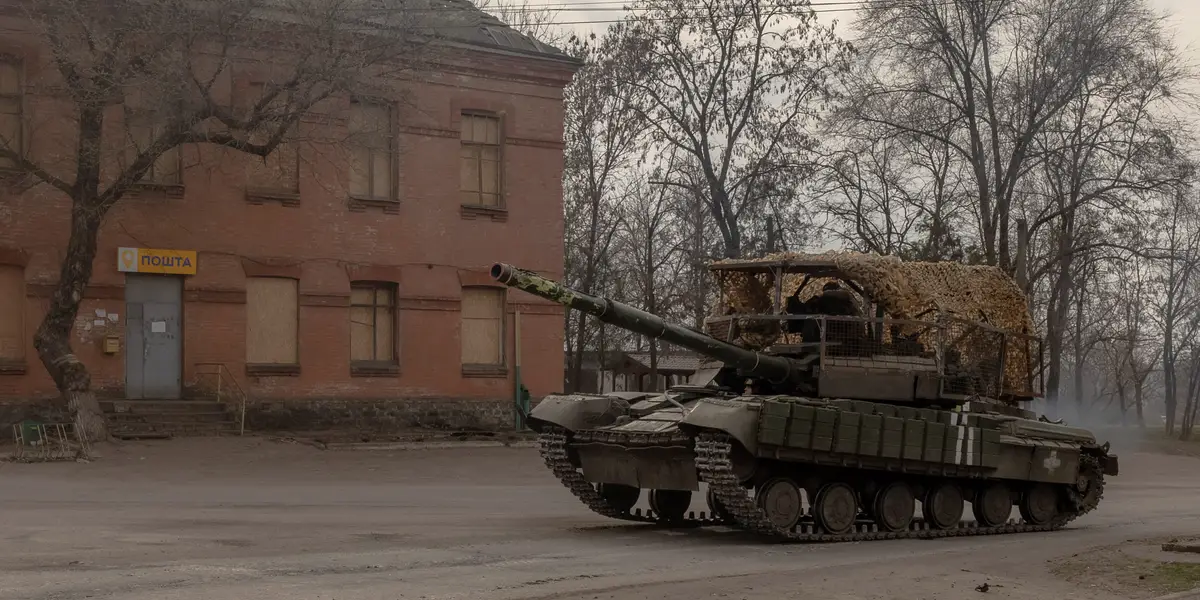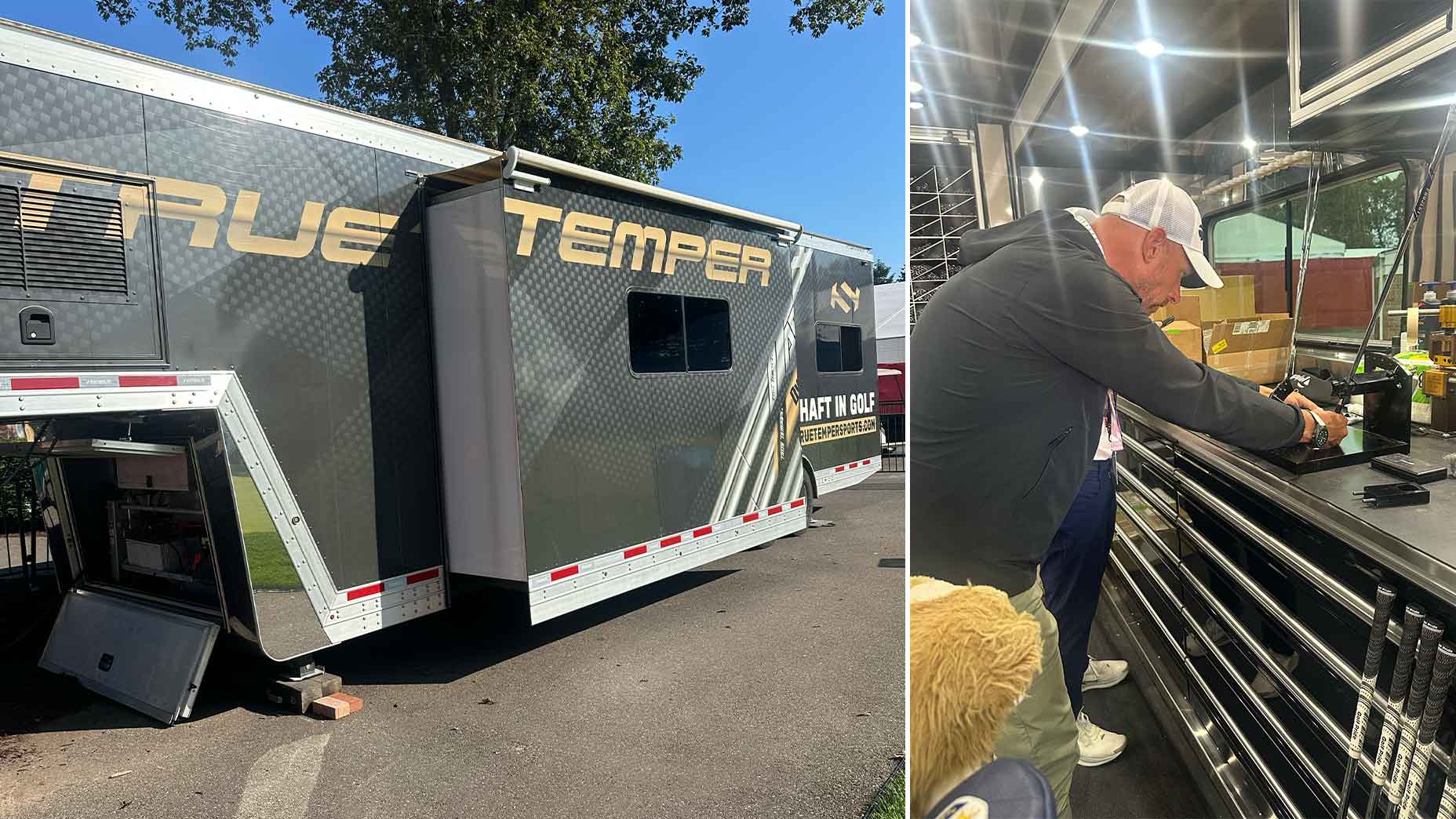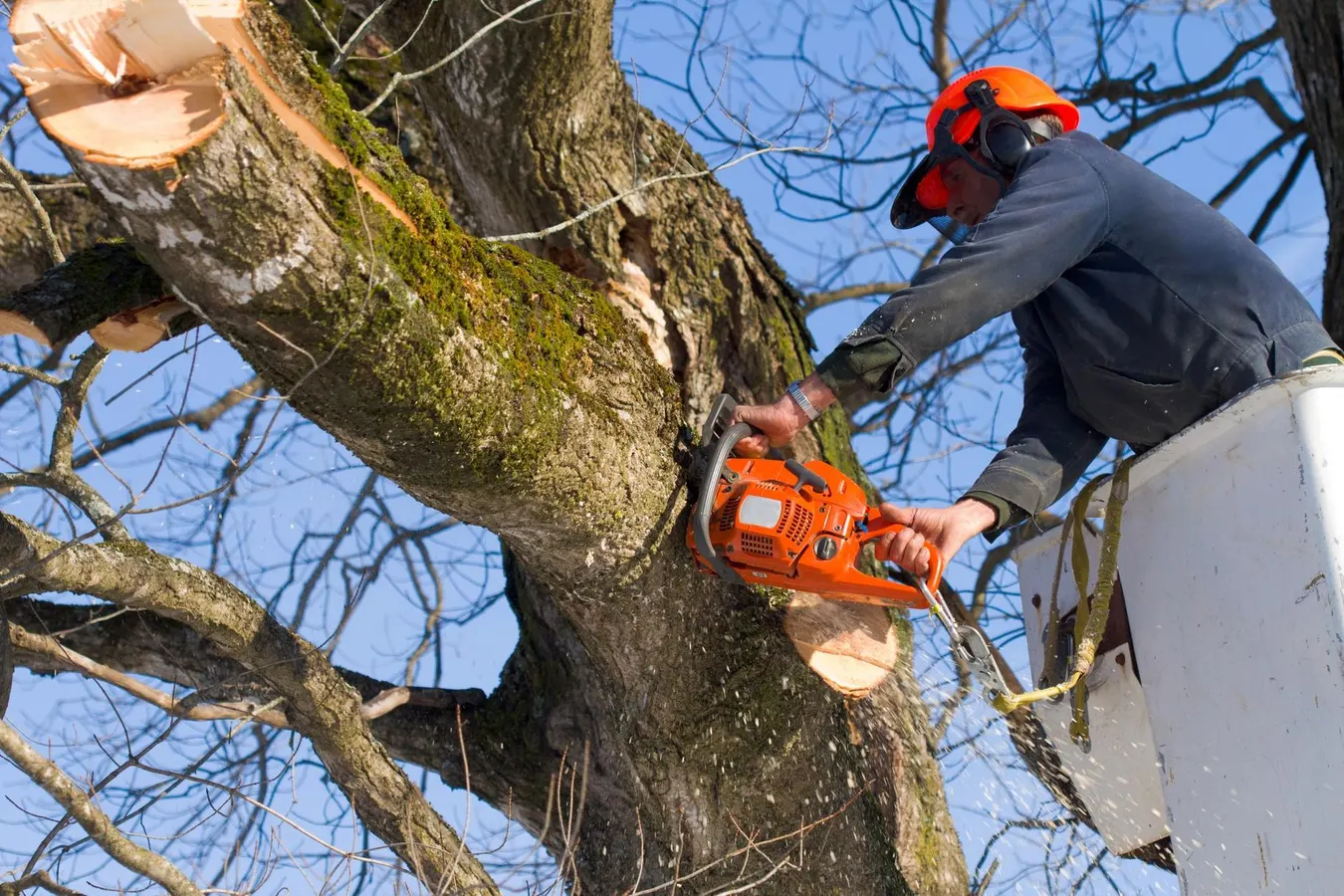
Russian drones are increasingly lying in wait along Ukraine’s roads and ambushing military vehicles as they pass, turning routes that used to be relatively safe into kill zones.
Ukrainian military officers who talked to Business Insider about this tactic said Russian pilots are targeting key logistics roads near the front lines with fiber-optic drones immune to electronic warfare countermeasures, making the deadly weapons extremely difficult to stop. They said the attacks are interfering with the movement of troops and supplies.
This style of attack is similar to the roadside improvised explosive devices, or IEDs, that US and partner forces often faced in the Middle East; however, in Ukraine, the Russian drones can fly and hunt down their targets. It underscores one of the many jarring ways that uncrewed systems are raising the threat on the battlefield.
Artem, an officer in Ukraine’s 3rd Army Corps who requested to be identified only by his first name for security reasons, said that Russia has increasingly been flying fiber-optic drones to logistics routes, landing them on the side of the road, waiting until an armored vehicle passes by, and then staging an ambush.
He said that these attacks happen weekly and have resulted in the loss of both soldiers and vehicles.
Fiber-optic drones are cheap, first-person-view (FPV) drones that can cost as little as just a few hundred dollars and be equipped with a small explosive payload of a few pounds.
Unlike normal FPV drones, which are controlled by radio frequency signals, fiber-optic drones are connected to their operators by long, thin cables that preserve the connection and allow the drone to resist electronic warfare and jamming tactics. For this reason, they are especially dangerous on the battlefield.
Fiber-optic drones tend to have a more limited range than the traditional radio-controlled FPV drones because of their cables and the challenges of navigating the terrain. But they can still get across the front lines and into Ukrainian territory for an ambush.
Artem, a former deputy commander in Ukraine’s 3rd Assault Brigade and the current head of military partnerships at the independent Snake Island Institute, said that the roads once felt relatively safe, but ambush tactics have become a serious problem.
Treacherous driving conditions have affected troop movements, even forcing troops to stay in one place for longer instead of rotating to new sites as they normally would.
Related stories
Business Insider tells the innovative stories you want to know
Business Insider tells the innovative stories you want to know
Drones have emerged as the predominant threat to armored vehicles — like tanks, infantry fighting vehicles, or armored personnel carriers — in Ukraine. Many vehicles are now equipped with additional protective armor and electronic warfare technology in an effort to blunt attacks.
However, fiber-optic drones aren’t affected by electronic warfare tactics. Physical barriers are one of the few effective defenses against them.
Recognizing this, Ukrainian troops have covered many key roads near the front lines with jury-rigged netting, transforming the routes into open-air tunnels to keep drones out and increase the chances of survival for vehicles. But this protection only reduces the risk; it doesn’t eliminate it entirely.
Alex Eine, section commander for a drone unit with Ukraine’s Separate Presidential Brigade, previously told Business Insider that Russian pilots are able to navigate drones through gaps in the netting and land them on the side of the road. There, they wait to strike.
Eine said he’s seen some Ukrainian vehicles destroyed in the drone ambushes.
The increasing vulnerability of combat vehicles to drones has raised questions about their relevance and effectiveness in a future conflict where uncrewed and autonomous systems would play an even greater role than they do on today’s battlefields.
Ukraine has become a death trap for armored vehicles, with thousands of tanks, infantry fighting vehicles, or armored personnel carriers, lost on both sides, according to open-source intelligence estimates.
Despite the losses, many of which are caused by drones, Artem said armored vehicles are still very much relevant in combat, explaining that it is nearly impossible to carry out offensive operations without them.



